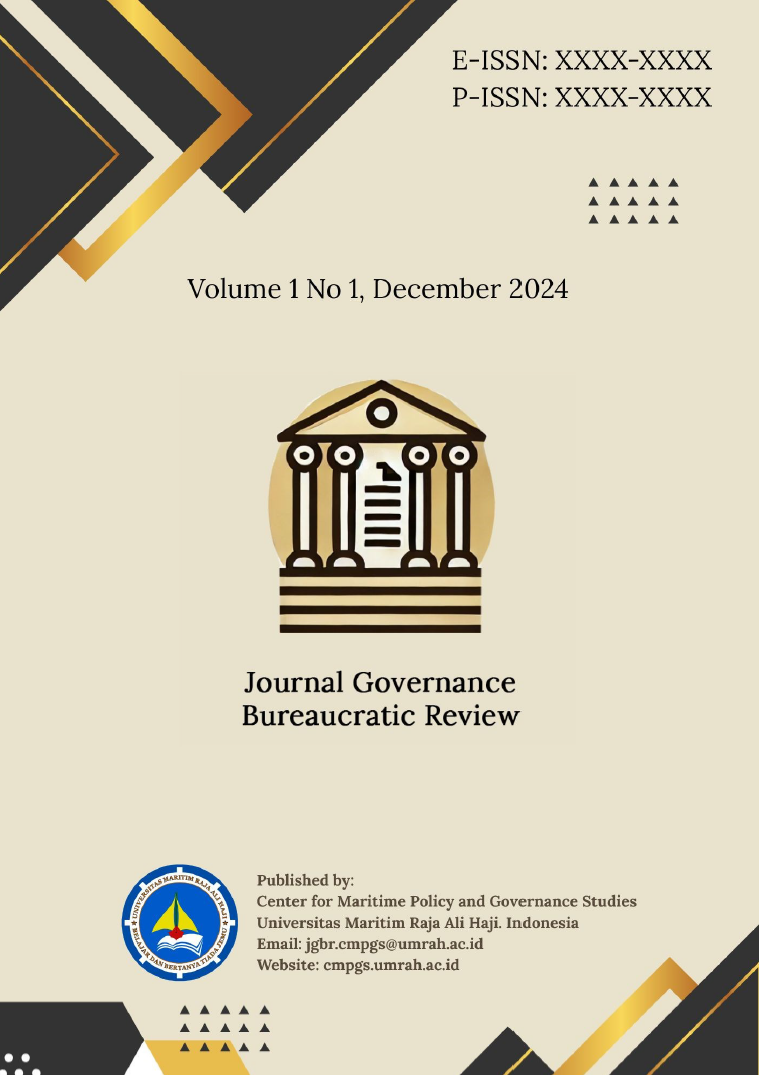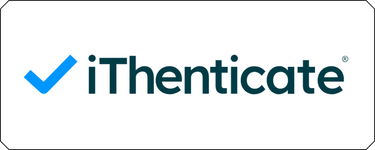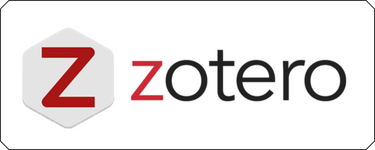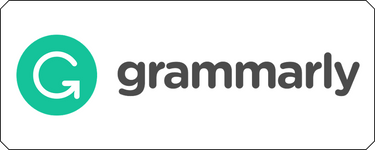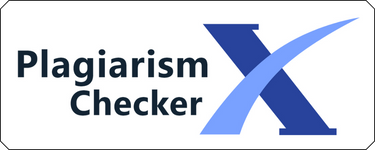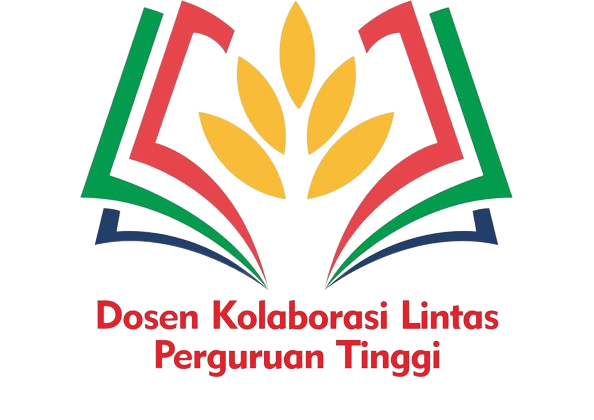Stakeholder Analysis Waste Management in Tanjungpinang City
DOI:
https://doi.org/10.31629/jgbr.v1i1.7139Keywords:
Stakeholder Analysis, Waste, ManagementAbstract
Solid waste management in urban areas has become a pressing environmental and governance issue, particularly in rapidly developing secondary cities such as Tanjungpinang, Indonesia. Despite the existence of regulatory frameworks like Regional Regulation No. 3 of 2015, the city's waste management system remains underdeveloped, marked by inefficient collection services, inadequate infrastructure, and limited public participation. This study aims to examine the stakeholder landscape in Tanjungpinang’s waste governance to identify institutional gaps, coordination challenges, and opportunities for improved collaboration. The research employs a qualitative and interpretive methodology, combining document analysis and stakeholder mapping using Eskerod & Jepsen’s influence-interest matrix and the Friedman and Miles stakeholder salience framework. Findings indicate that the Department of Environment (DLH) holds the highest level of authority but often lacks the urgency and resources needed for effective intervention. Meanwhile, actors with high urgency, such as informal waste workers and local communities, lack legitimacy and power, leading to their exclusion from formal governance processes. The stakeholder network is characterized by low mutuality and fragmented relationships, particularly between state and non-state actors. Waste banks and NGOs operate with limited support despite their significant roles in community outreach and recycling initiatives. The study concludes that sustainable urban waste management in Tanjungpinang requires inclusive governance reforms that build institutional capacity, strengthen stakeholder interdependence, and integrate informal actors into formal waste systems. These findings offer practical insights for enhancing stakeholder engagement and aligning local waste policies with Sustainable Development Goal 11 on sustainable cities and communities.
Downloads
References
Aaltonen, K. (2011). Project stakeholder analysis as an environmental interpretation process. International Journal of Project Management, 29(2), 165–183. https://doi.org/10.1016/j.ijproman.2010.02.001
Ackermann, F., & Eden, C. (2011). Strategic Management of Stakeholders: Theory and Practice. Long Range Planning, 44(3), 179–196. https://doi.org/10.1016/j.lrp.2010.08.001
Bosse, D. A., & Coughlan, R. (2016). Stakeholder Relationship Bonds. Journal of Management Studies, 53(7), 1197–1222. https://doi.org/10.1111/JOMS.12182
Bowen, G. A. (2009). Document analysis as a qualitative research method. Qualitative Research Journal, 9(2), 27–40. https://doi.org/10.3316/QRJ0902027/FULL/XML
Brugha, R., & Varvasovszky, Z. (2000). Stakeholder analysis: A review. Health Policy and Planning, 15(3), 239–246. https://doi.org/10.1093/HEAPOL/15.3.239
Bryson, J. M. (2004). What to do when stakeholders matter: Stakeholder Identificatixon and analysis techniques. Public Management Review, 6(1), 21–53. https://doi.org/10.1080/14719030410001675722
Bryson, J. M., Crosby, B. C., & Stone, M. M. (2006). The design and implementation of cross-sector collaborations: Propositions from the literature. Public Administration Review, 66(SUPPL. 1), 44–55. https://doi.org/10.1111/J.1540-6210.2006.00665.X
Buanes, A., Jentoft, S., Maurstad, A., Søreng, S. U., & Runar Karlsen, G. (2005). Stakeholder participation in Norwegian coastal zone planning. Ocean and Coastal Management, 48(9–10), 658–669. https://doi.org/10.1016/j.ocecoaman.2005.05.005
Bunn, M. D., Savage, G. T., & Holloway, B. B. (2002). Stakeholder analysis for multi-sector innovations. Journal of Business and Industrial Marketing, 17(2–3), 181–203. https://doi.org/10.1108/08858620210419808
Clark, A. M. (1998). The qualitative-quantitative debate: moving from positivism and confrontation to post-positivism and reconciliation. J Adv Nurs, 27(6), 1242–1249.
Clark, J. K. (2021). Public Values and Public Participation: A Case of Collaborative Governance of a Planning Process. American Review of Public Administration, 51(3), 199–212. https://doi.org/10.1177/0275074020956397
Currie, R. R., Seaton, S., & Wesley, F. (2009). Determining stakeholders for feasibility analysis. Annals of Tourism Research, 36(1), 41–63. https://doi.org/10.1016/J.ANNALS.2008.10.002
Day, J. (2008). The need and practice of monitoring, evaluating and adapting marine planning and management-lessons from the Great Barrier Reef. Marine Policy, 32(5), 823–831. https://doi.org/10.1016/j.marpol.2008.03.023
Derakhshan, R., Turner, R., & Mancini, M. (2019). Project governance and stakeholders: a literature review. International Journal of Project Management, 37(1), 98–116. https://doi.org/10.1016/J.IJPROMAN.2018.10.007
Eskerod, P., & Jepsen, A. L. (2016). Project stakeholder management. Project Stakeholder Management, 1–109. https://doi.org/10.4324/9781315245881
Ferreira, V., Barreira, A. P., Loures, L., Antunes, D., & Panagopoulos, T. (2021). Stakeholders’ perceptions of appropriate nature-based solutions in the urban context. Journal of Environmental Management, 298. https://doi.org/10.1016/j.jenvman.2021.113502
Freeman, R. E., & David, L. R. (1983). Stockholders and Stakeholders: A New Perspective on Corporate Governance. California Management Review, 25(3), 88–106. https://doi.org/10.2307/41165018
Freeman, R. E. E., & McVea, J. (2005). A Stakeholder Approach to Strategic Management. SSRN Electronic Journal. https://doi.org/10.2139/SSRN.263511
Friedman, A. L., & Miles, S. (2006). Stakeholders: Theory and Practice. OUP Oxford.
Innes, J. E., & Booher, D. E. (2004). Reframing public participation: strategies for the 21st century. Planning Theory & Practice, 5(4), 419–436. https://doi.org/10.1080/1464935042000293170)
Jepsen, A. L., & Eskerod, P. (2009). Stakeholder analysis in projects: Challenges in using current guidelines in the real world. International Journal of Project Management, 27(4), 335–343. https://doi.org/10.1016/j.ijproman.2008.04.002
Johnson, L. J., Zorn, D., Tam, B. K. Y., Lamontagne, M., & Johnson, S. A. (2003). Stakeholders views of factors that impact successful interagency collaboration. Exceptional Children, 69(2), 195–209. https://doi.org/10.1177/001440290306900205
Koromila, I., Aneziris, O., Nivolianitou, Z., Deligianni, A., & Bellos, E. (2022). Stakeholder analysis for safe LNG handling at ports. Safety Science, 146. https://doi.org/10.1016/j.ssci.2021.105565
Mahajan, R., Lim, W. M., Sareen, M., Kumar, S., & Panwar, R. (2023). Stakeholder theory. Journal of Business Research, 166. https://doi.org/10.1016/j.jbusres.2023.114104
Ndlela, M. N. (2019). A Stakeholder Approach to Issues Management. Crisis Communication, 37–51. https://doi.org/10.1007/978-3-319-97256-5_3
Patton, M. Q. (2002). Qualitative research and evaluation methods. In Qualitative Inquiry (Vol. 3rd). SAGE. https://doi.org/10.2307/330063
Pomeroy, R., & Douvere, F. (2008). The engagement of stakeholders in the marine spatial planning process. Marine Policy, 32(5), 816–822. https://doi.org/10.1016/j.marpol.2008.03.017
Rinaldi, L. (2013). Stakeholder engagement. Integrated Reporting: Concepts and Cases That Redefine Corporate Accountability, 95–109. https://doi.org/10.1007/978-3-319-02168-3_6/COVER
Ruiz, I., Pompeu, J., Ruano, A., Franco, P., Balbi, S., & Sanz, M. J. (2023). Combined artificial intelligence, sustainable land management, and stakeholder engagement for integrated landscape management in Mediterranean watersheds. Environmental Science and Policy, 145, 217–227. https://doi.org/10.1016/j.envsci.2023.04.011
Silberberg, M., & Martinez-Bianchi, V. (2019). Community and Stakeholder Engagement. Primary Care - Clinics in Office Practice, 46(4), 587–594. https://doi.org/10.1016/J.POP.2019.07.014
Downloads
Published
Issue
Section
License
Copyright (c) 2024 Permata Pebester Natalia Hutahaean, Damayanti Simangunsong, Elisa Mardiyanti, Auliana Okta, Indah Puji Lestari

This work is licensed under a Creative Commons Attribution-ShareAlike 4.0 International License.
You are free to:
- Share — copy and redistribute the material in any medium or format for any purpose, even commercially.
- Adapt — remix, transform, and build upon the material for any purpose, even commercially.
- The licensor cannot revoke these freedoms as long as you follow the license terms.
Under the following terms:
- Attribution — You must give appropriate credit, provide a link to the license, and indicate if changes were made . You may do so in any reasonable manner, but not in any way that suggests the licensor endorses you or your use.
- ShareAlike — If you remix, transform, or build upon the material, you must distribute your contributions under the same license as the original.
- No additional restrictions — You may not apply legal terms or technological measures that legally restrict others from doing anything the license permits.

